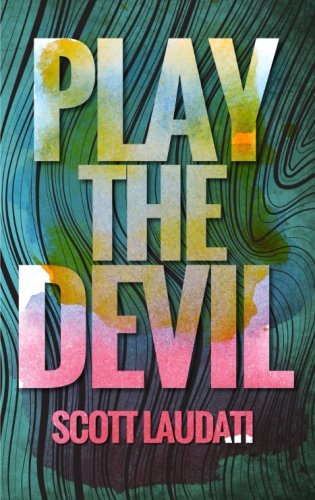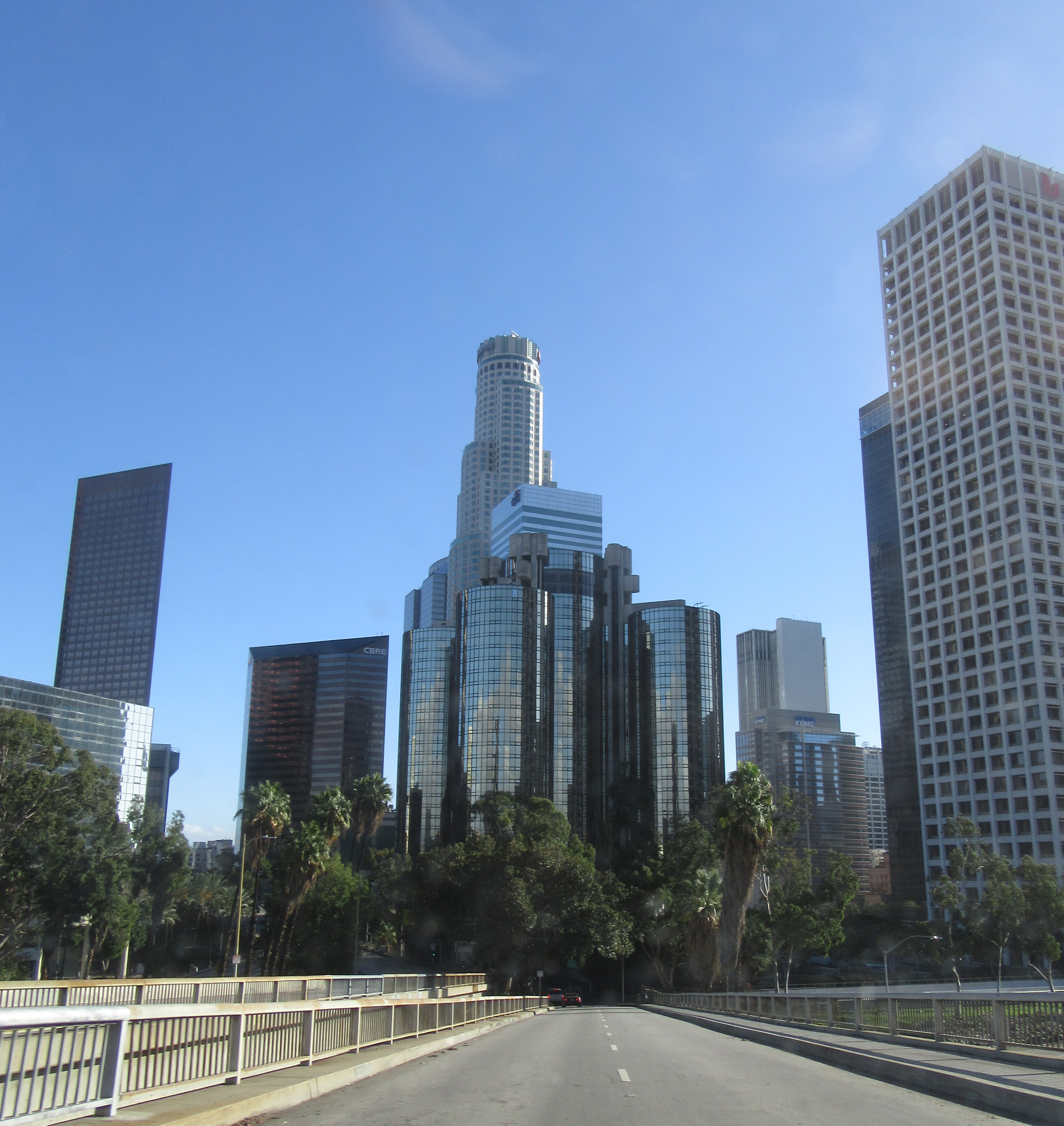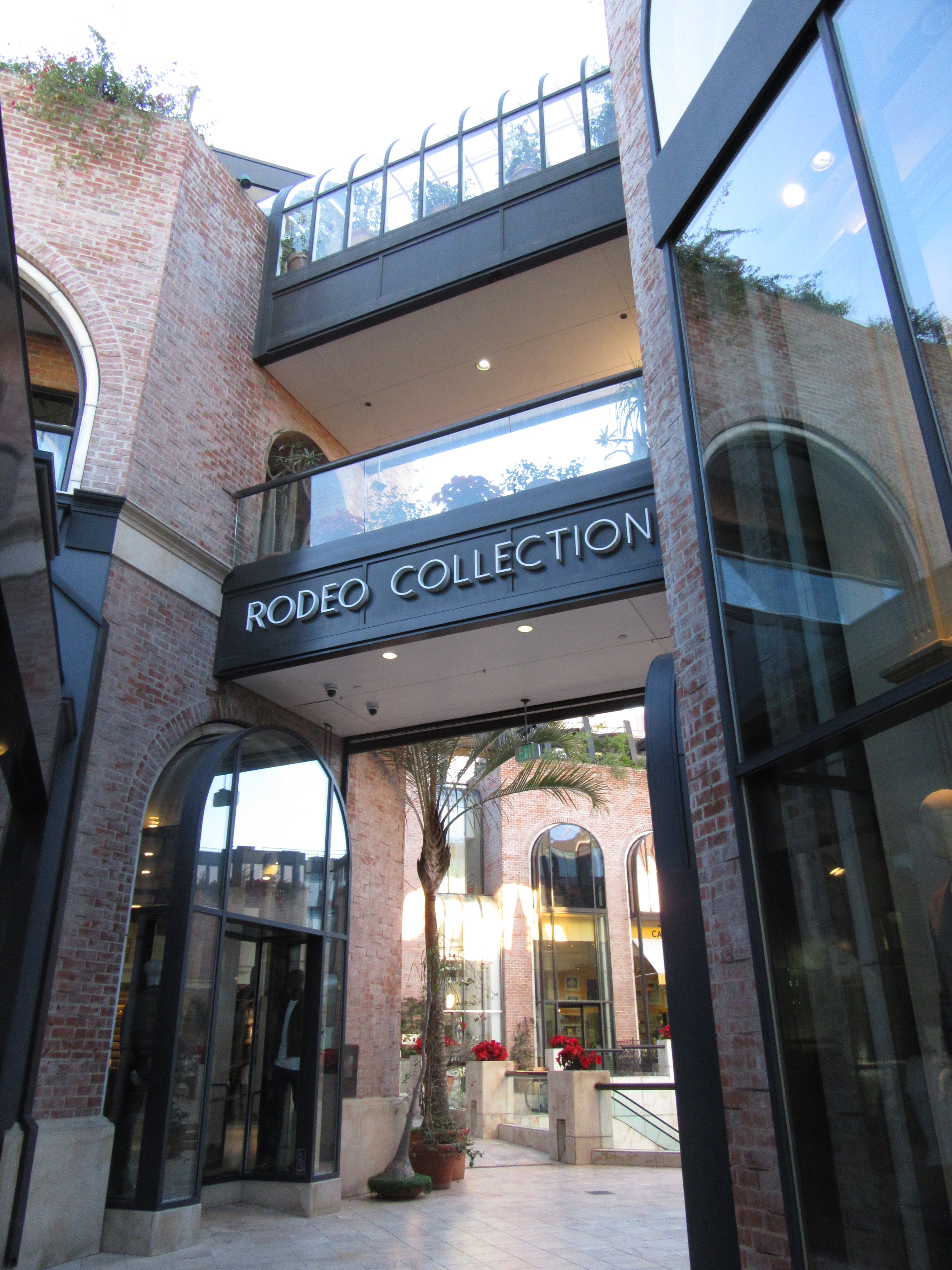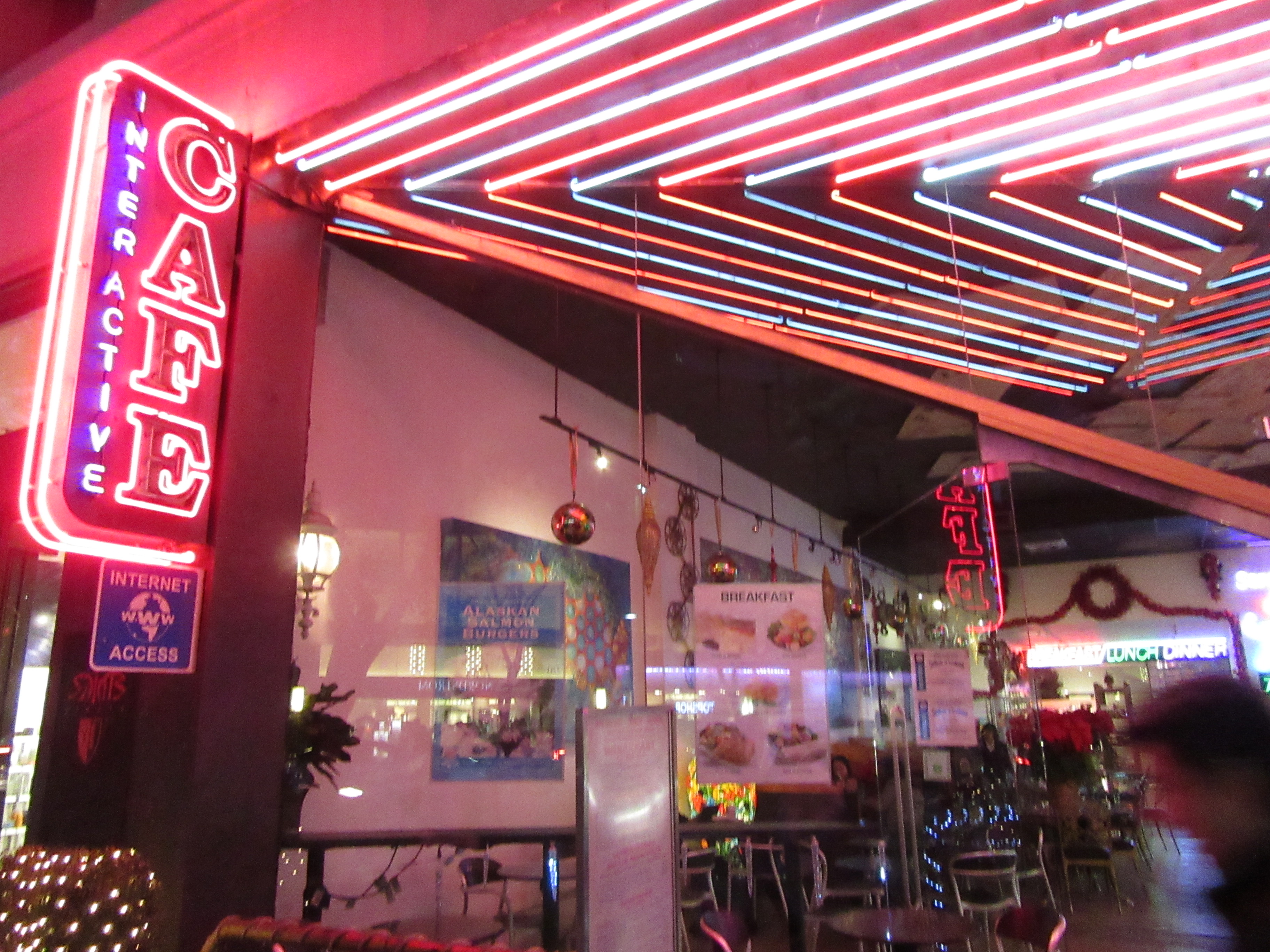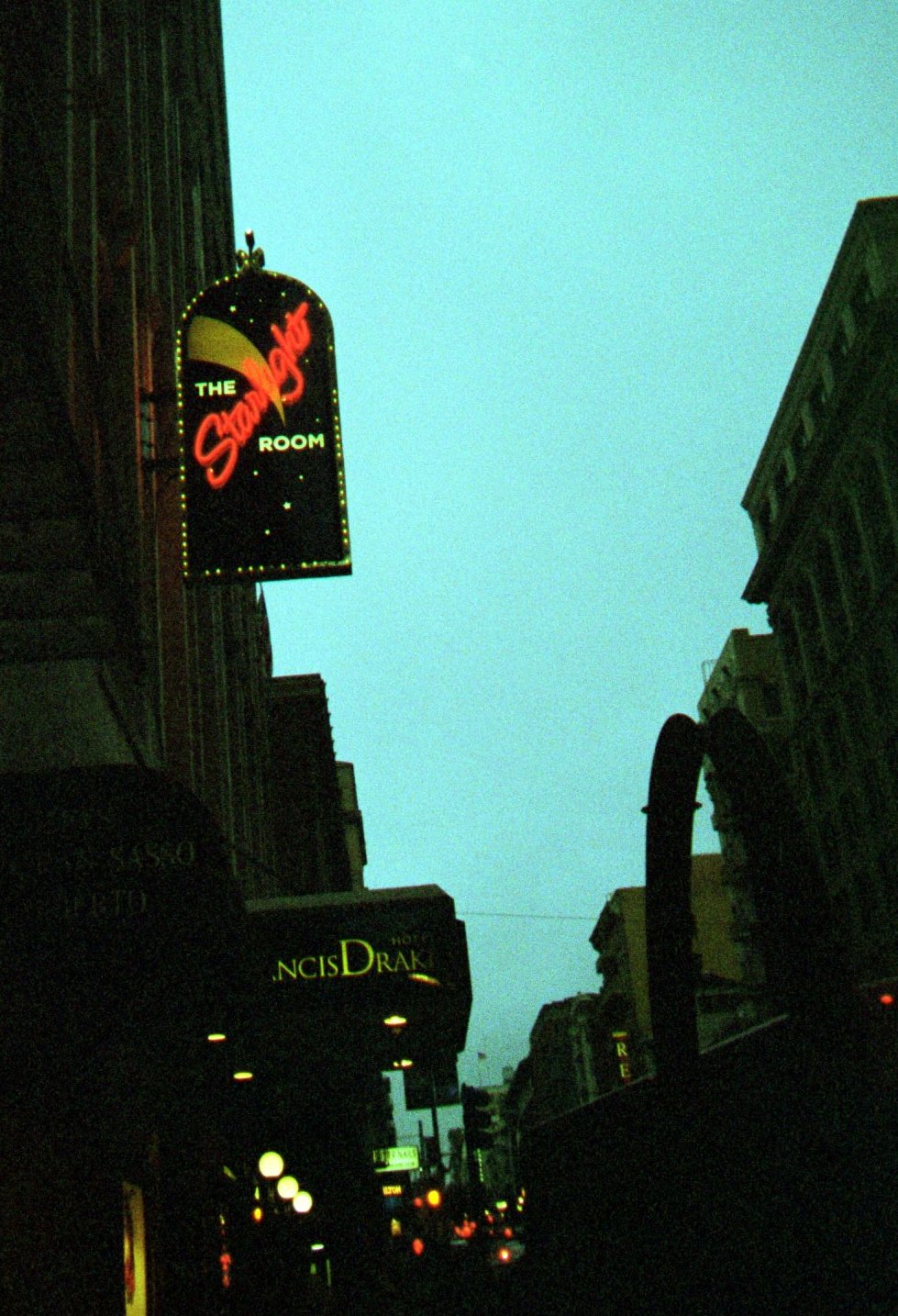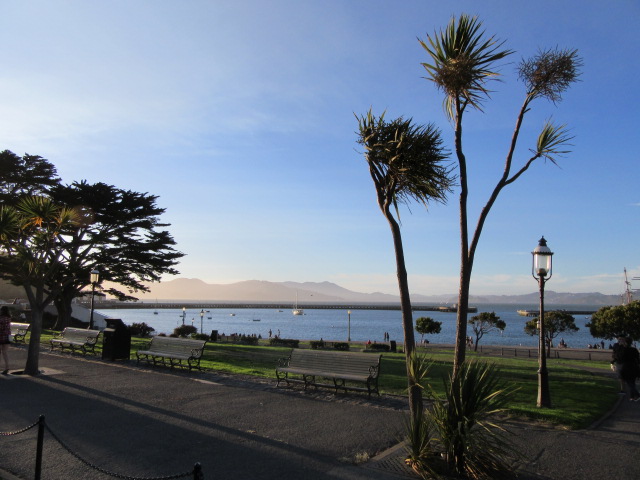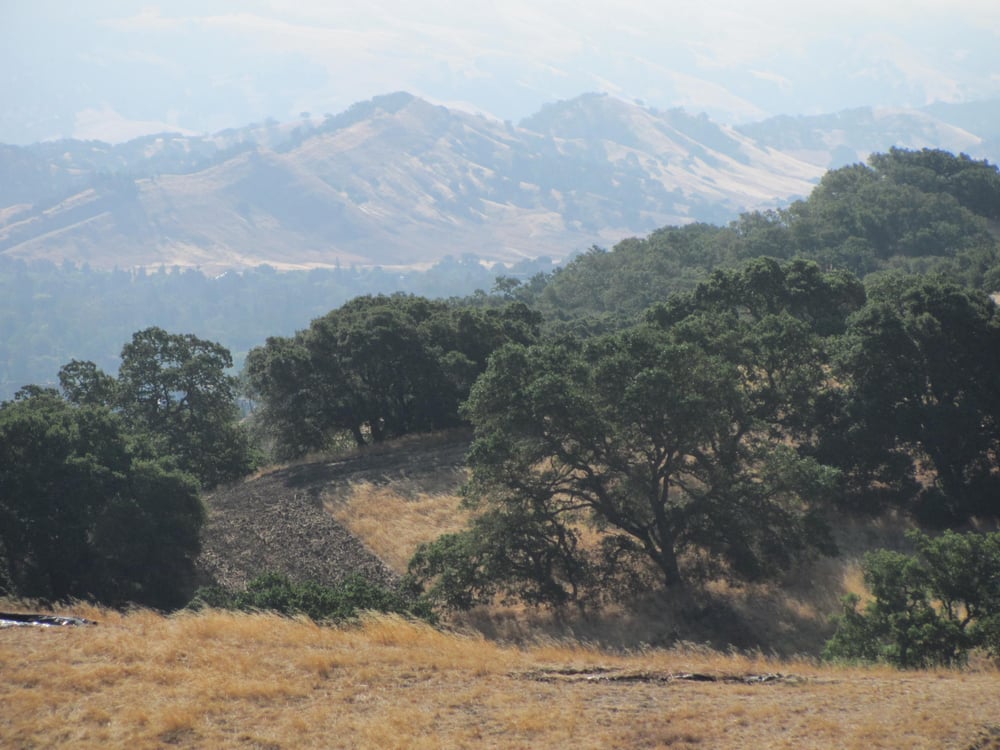Robert Stark, co-host Pilleater, Charles Lincoln, Actor Count Isidor Fosco, and aspiring Director Craig Langley Jr. discuss the Alicia Silverstone films Clueless and the The Babysitter.
Topics:
How the original film The Crush was edited
The Babysitter as the most realistic of the three Alicia Silverstone films
The Babysitter compared to American Beauty
Th peeping through the window scene, and the imagination of the guys who see Alicia Silverstone through the window
In reality it is all just in the male imagination in this movie
The awkward bathtub fantasy followed by her signature cheeky smile
Traits of men who prefer breasts, booty, or legs
The Alicia Silverstone film Vamps
The Clueless (TV series)
The setting of Clueless in Beverly Hills
San Mateo Teenager Goes Hollywood
Cher’s Character development and self realization
Whether she is anti-snob?
Social Cliques in High School
The makeover of her friend
Comparisons to Mean Girls
The fact that the girls are excited by the fact that the guy has a picture of the new girl in her locker, and how today that would be called “creepy”
She comes across as more conservative with her condemnation of dating druggies, and saving her virginity
The whole theme of matchmaking
The “Baldwin” reference and other cultural references, a kind of Hollywood being self-complimented
The Spartacus scene, pearls and oysters, subtle signaling in old movies
Her realization that she loves Josh despite the fact he is a “slug”
The normal guy get’s the girl in the end, not the “hot guy” who turns out to be Gay
The fact that all the girls are obsessed with marriage while in school which is dated
The Clueless scene where her father is happy that she knows how to negotiate over grades
Cher’s speech about refugees
Alicia Silverstone Would Rather Go Naked Than Wear Wool! | PETA
The pink blue color code in the ending sequence is kind of Vaporwave
The robbery scene in the Valley
LA Landmarks including the Sinister Neon Clown at Circus Liquor
Meme Magic and Alicia Silverstone as a meme
Leisure Suit Larry and the Alicia Silverstone look a like
Click Here to download!
This show is brought to you by Robert Stark’s Paintings!


